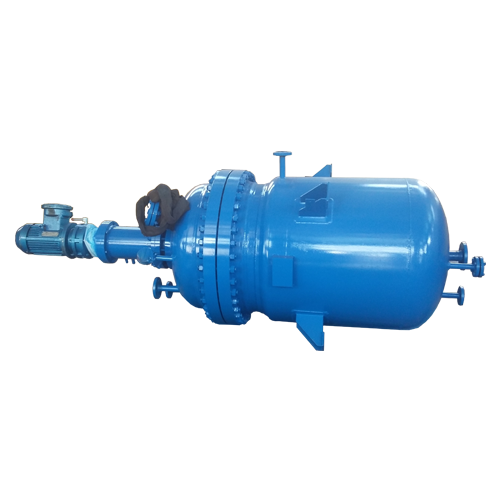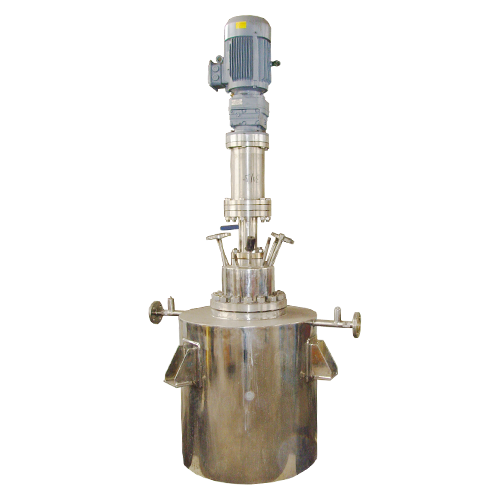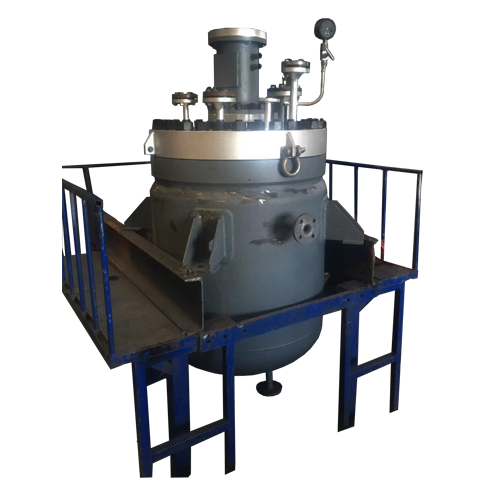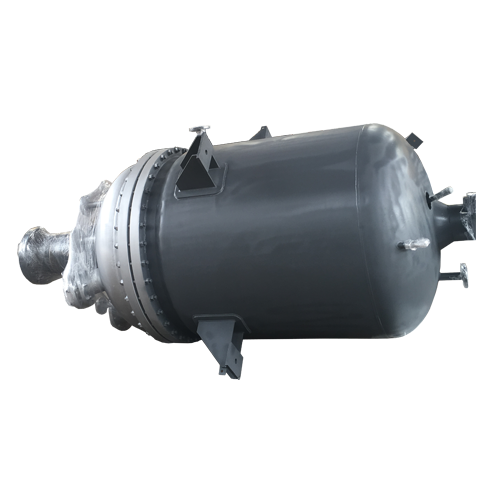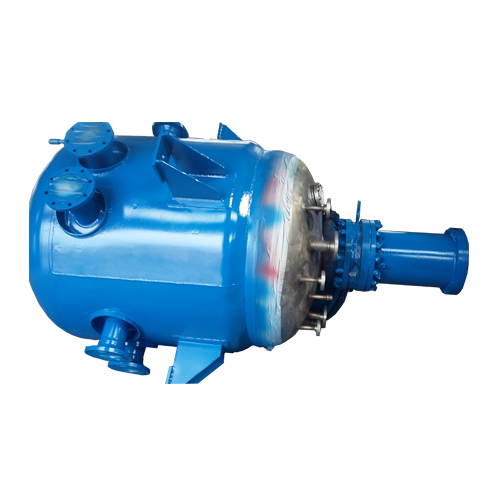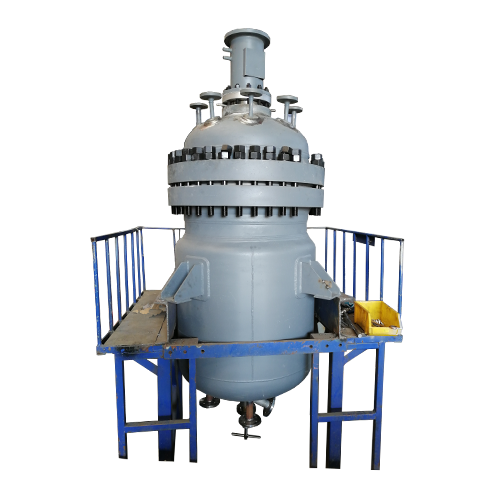Pilot Scale Reactor
Your Current Location:Home > Product Center > Pilot Scale ReactorIt has the characteristics of static sealing, never leakage, no noise, no pollution, stable operation, simple operation, sturdiness and durability, and compact structure. Therefore, it can be used under high temperature, high pressure, high vacuum, high speed, solid-liquid suspension, and convection conditions. The reaction medium is completely in a static sealed state, and it is safe to carry out efficient reaction of flammable, explosive, highly toxic, hydrogen, hydrofluoric acid, hydrogen sulfide and other harsh media.
The unique self-lubricating shaft sleeve is resistant to high temperature and pressure, corrosion and abrasion resistance, avoids secondary pollution to ensure the purity of the material, and is suitable for gas/liquid/solid mixing, suspension, convection, large viscosity materials, high-speed stirring reaction. All sealing parts are line-sealed, so the overall equipment does not have any leakage problems. There are two feeding and discharging methods, which shorten the mixing time and strengthen the reaction process. It is the first choice for the development of test products.
The stainless steel reactor body can be made of austenitic stainless steel (S30408, S31603, S32168, S31008), duplex stainless steel (S22053, S22253), or composite plates of these stainless steels and carbon steels according to different media requirements.
The inner and outer surfaces of the kettle can be polished with high precision according to customer requirements, and food-grade sanitary accessories can also be configured according to customer requirements, which are widely used in the production of food and medicine.
Chloride ions will corrode austenitic stainless steel materials at high temperatures. Duplex stainless steel has better chlorine ion corrosion resistance than austenitic stainless steel.
The high temperature and high pressure reactor adopts a composite plate of duplex stainless steel and carbon steel, which is resistant to corrosion and high pressure.
Commonly used duplex stainless steels are 2205, 2507, 2101, etc.
Titanium and titanium alloy classification Industrial pure titanium: TA1, TA2, TA10
The biggest feature of titanium is its low quality (density 4.51g/cm3), high strength, excellent corrosion resistance, and good low temperature performance. It has excellent corrosion resistance in seawater and most acid, alkali, and salt media. In production, its corrosion resistance is 10 times higher than that of ultra-low carbon austenitic stainless steel.
Welding characteristics of titanium products Titanium equipment welding is very easy to oxidize, nitridize and embrittlement. A large amount of hydrogen begins to be absorbed at 400°C. Hydrogen is one of the most harmful elements of titanium, which reduces the plasticity and toughness of titanium, leading to embrittlement. When cooling, hydrogen does not have time to escape and produces pores. Therefore, the welding properties of titanium and other metals should be considered for titanium pressure vessels.
High-pressure reactors are commonly used composite plates of titanium and carbon steel, the titanium material is the corrosion-resistant layer, and the carbon steel is the base layer.
Magnetically sealed external circulation heating reactor
Working volume: 500L
Working pressure: negative pressure -0.1MPa~9.8MPa
Working temperature: room temperature ~ 300 degrees
Heating method: heat transfer oil circulates in the jacket of the reaction kettle to heat the kettle body
Zirconium is an industrial material with excellent corrosion resistance and can withstand a variety of strong acids and alkalis.
The zirconium composite board needs to be added with a titanium intermediate layer to be composited with carbon steel.
Zirconium has excellent corrosion resistance, but its welding performance is not good, and it cannot be welded with stainless steel and carbon steel.
